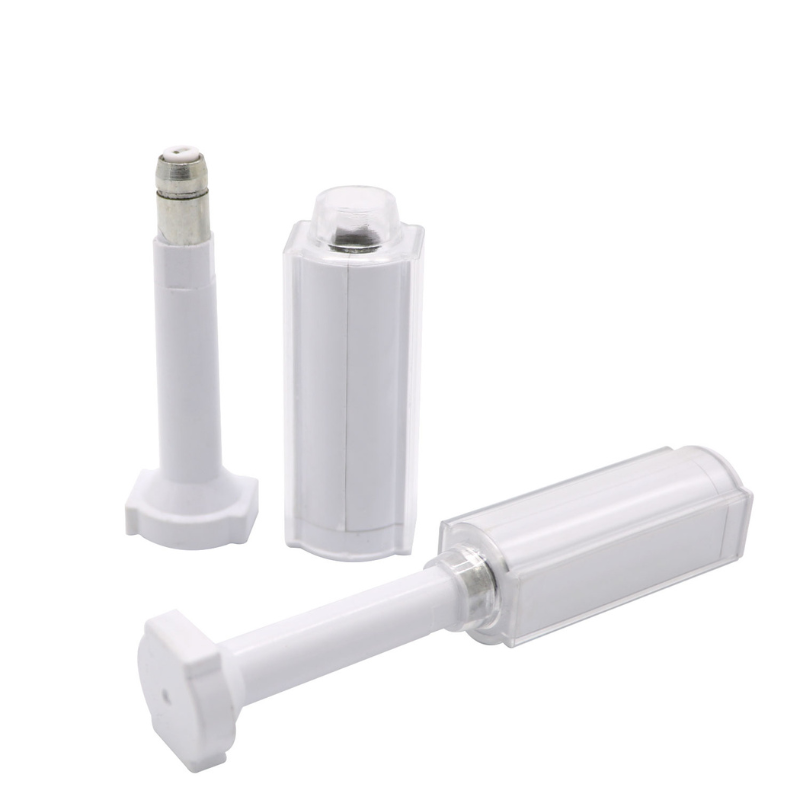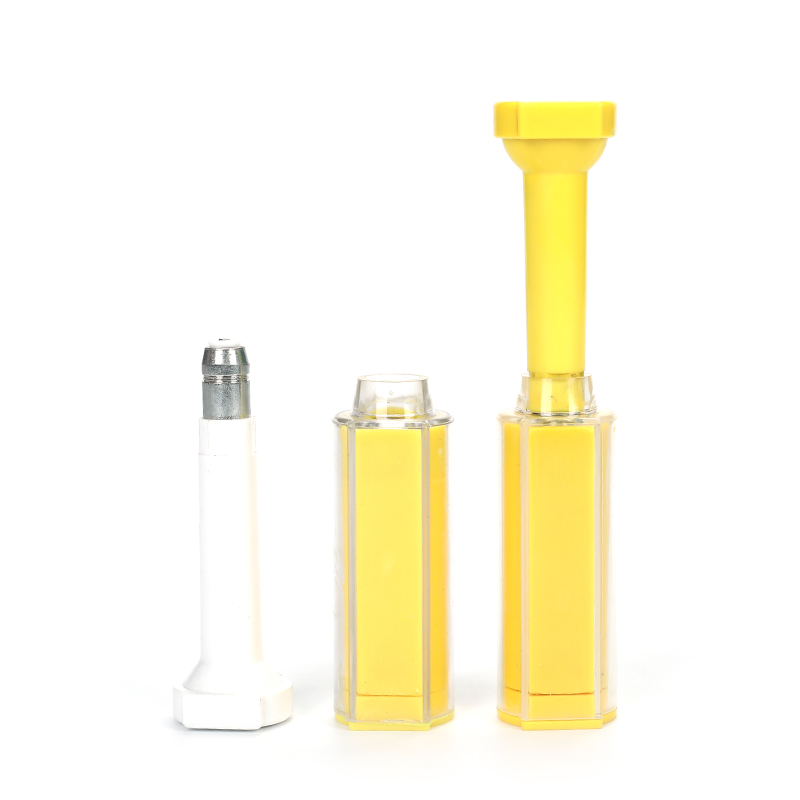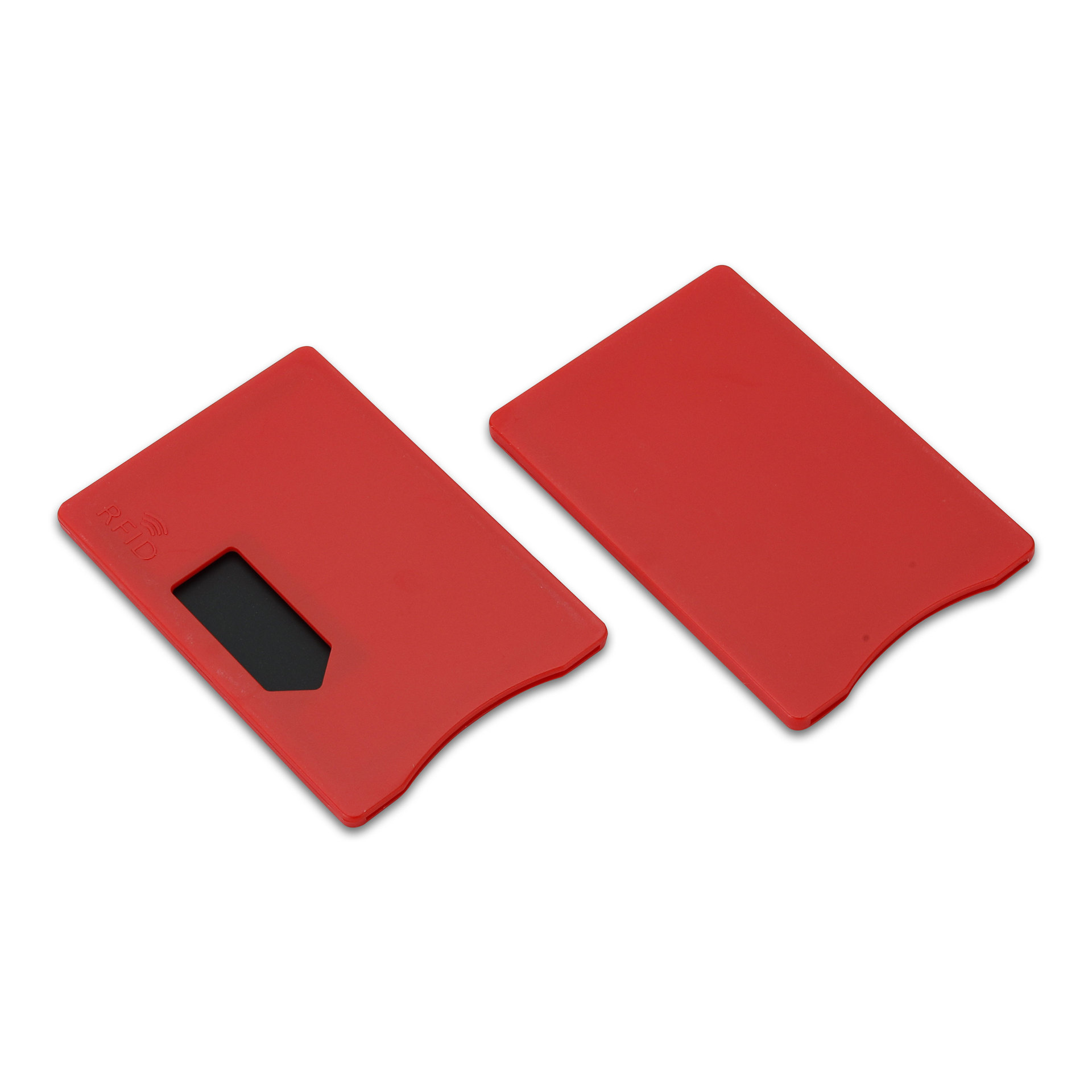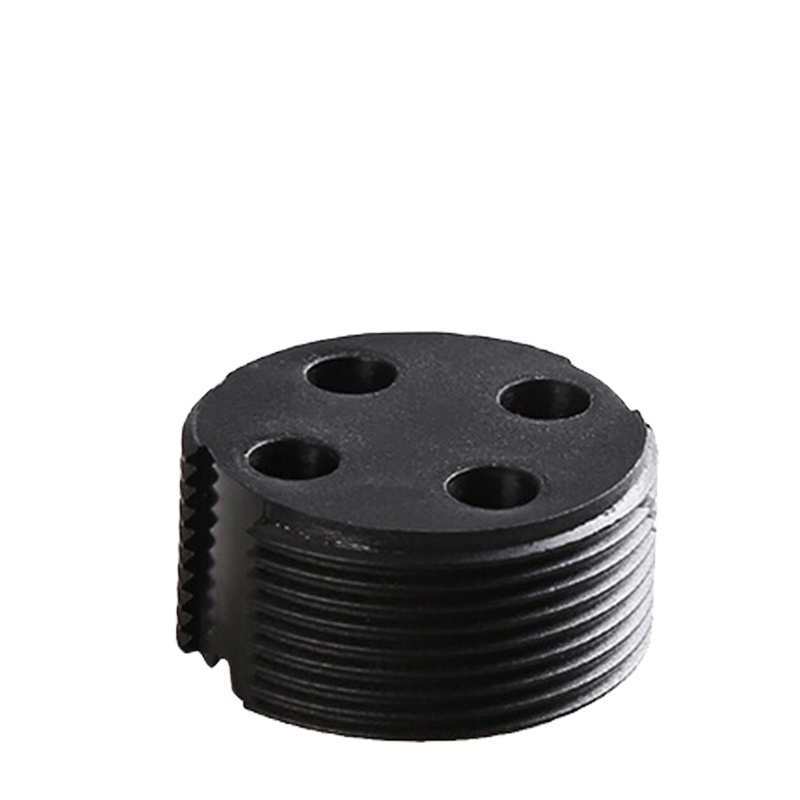
Razlika između LF HF i UHF RFID
Sadržaj
Razlika između LF, HF i UHF RFID-a: koja RFID frekvencija je prava za vas?
Razumijevanje nijansi između ovih različite vrste RFID-a ključna je za poduzeća koja žele optimizirati poslovanje. Bilo da se radi o maloprodaji, logistici, zdravstvu ili bilo kojoj drugoj industriji, ovaj će vam vodič pomoći da donesete informiranu odluku i vidite zašto je vrijedan vašeg vremena i razumijevanja. Uskočimo i otkrijmo savršeno RFID rješenje za vas.

Što je RFID i zašto je frekvencija važna?
RFID sustavi rade tako da koriste elektromagnetska polja za identifikaciju i praćenje etiketa pričvršćenih na objekte. Opseg frekvencija sustava izravno utječe na:
- Čitaj raspon
- Brzina prijenosa podataka
- Performanse u blizini metala ili tekućine
- Trošak i složenost sustava
Tablica usporedbe: LF nasuprot HF-u nasuprot UHF-u RFID
| Značajka | LF RFID (niska frekvencija) | HF RFID (visoka frekvencija) | UHF RFID (Ultra visoka frekvencija) |
|---|---|---|---|
| Frekvencijski raspon | 30 kHz – 300 kHz | 13,56 MHz | 860 MHz – 960 MHz |
| Opseg čitanja | Do 10 cm | Do 50 cm | Do 10 metara (pasivno) |
| Brzina podataka | Niska | Umjereno | visoko |
| trošak | Niska | Umjereno | Od umjerenog do visokog |
| Performanse u blizini metala/tekućine | Izvrsno | Dobro | Loše (može se ublažiti) |
| Uobičajena upotreba | Praćenje životinja, kontrola pristupa | Knjižnice, beskontaktna plaćanja | Zalihe, logistika, maloprodaja |
RFID niskih frekvencija (LF RFID)
LF RFID radi u rasponu od 30 do 300 kHz i nudi kratke domete čitanja (obično ispod 10 cm). Ovi sustavi izvrsno funkcioniraju u zahtjevnim okruženjima i mogu čitati kroz metal, vodu i druge prepreke.
Slučajevi upotrebe:
- Praćenje životinja (npr. stoka, kućni ljubimci)
- Sustavi kontrole pristupa i ulaza u zgradu
- Industrijska okruženja s metalnim smetnjama.
Zašto odabrati LF RFID?
Ako vam je potrebna visoka izdržljivost u scenarijima identifikacije na kratkoj udaljenosti — osobito u poljoprivrednim okruženjima ili u teškim uvjetima — LF RFID je pouzdana opcija.
Visokofrekventni RFID (HF RFID)
HF RFID Radi na 13,56 MHz, s dometom čitanja do 50 cm i bržim prijenosom podataka od LF-a. Postiže ravnotežu između cijene, dometa i brzine.
Slučajevi upotrebe:
- Praćenje knjiga u knjižnici
- Beskontaktna plaćanja (npr. NFC sustavi)
- Prodaja ulaznica i narukvica za događaj
- Upravljanje zdravstvenim kartonima u zdravstvu
Zašto odabrati HF RFID?
Idealno za primjene srednjeg dometa s umjerenim potrebama za podacima, osobito tamo gdje je uključena ljudska interakcija.
RFID s ultravysokom frekvencijom (UHF RFID)
UHF RFID radi u rasponu od 860 do 960 MHz i nudi najduže domete čitanja, dosežući i do 10 metara ili više s pasivnim oznakama. UHF sustavi podržavaju brzo masovno skeniranje i visoku propusnost.
Slučajevi upotrebe:
- Zalihe u skladištu i maloprodaji
- Upravljanje lancem opskrbe
- Praćenje imovine
- Logistika i dostava
Zašto odabrati UHF RFID?
Savršeno za okruženja koja zahtijevaju brzo skeniranje više artikala odjednom, poput distribucijskih centara maloprodaje.
Pasivni naspram aktivnog RFID-a
- Pasivni RFID: Nema unutarnji izvor napajanja; oslanja se na signal čitača. Većina LF, HF i UHF sustava je pasivna.
- Aktivni RFID: Oznake na baterijski pogon s dugim dometom i neprekidnim emitiranjem. Koriste se za praćenje voznog parka i naplatu cestarina.
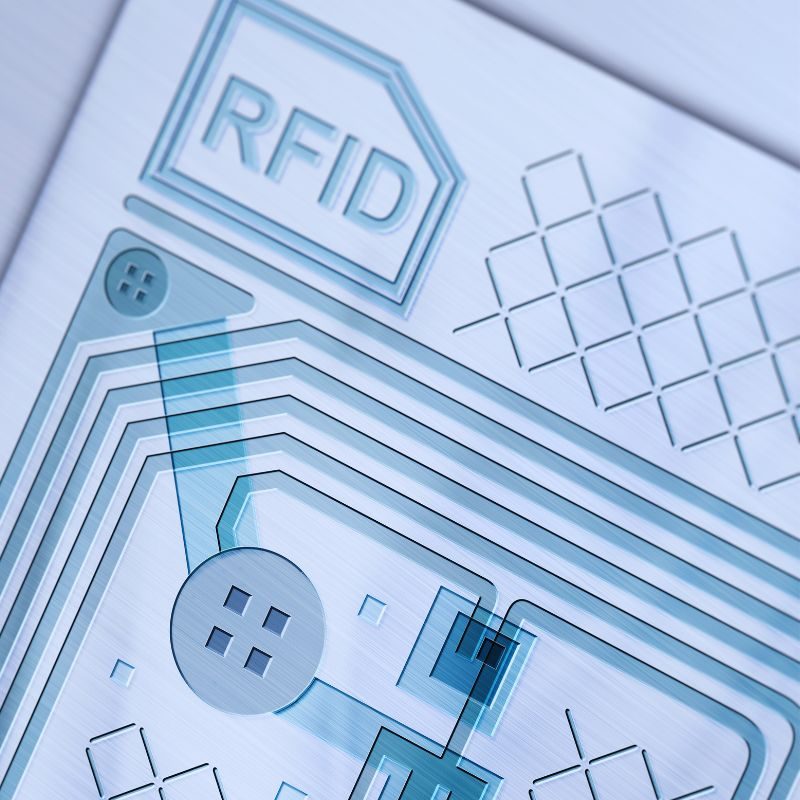
Propisi o frekvencijama diljem svijeta
RFID frekvencijski pojasevi razlikuju se po zemljama:
- SAD (FCC): UHF radi na 902–928 MHz
- Europa (ETSI): UHF koristi 865–868 MHz
Uvijek osigurajte da vaš RFID sustav bude u skladu s lokalnim propisima kako biste izbjegli smetnje i probleme s funkcionalnošću.
Odabir pravog RFID sustava: kratki vodič
| Pitanje | LF RFID | HF RFID | UHF RFID |
|---|---|---|---|
| Trebate li kratkometne, izdržljive oznake? | ✅ Da | ❌ | ❌ |
| Želite li ravnotežu između troškova i brzine? | ❌ | ✅ Da | ❌ |
| Trebate li brzo skenirati mnogo stavki? | ❌ | ❌ | ✅ Da |
| Radite li u blizini tekućina ili metala? | ✅ Da | ✅ Da | ❌ Može zahtijevati zaštitu |
Koje su neke primjene različitih RFID sustava u stvarnom svijetu?
Evo nekoliko primjera koliko je drugačije RFID sustavi koriste se u raznim industrijama:
| Industrija | RFID sustav | Primjena |
| Maloprodaja | UHF | Upravljanje zalihama, zaštita od krađe |
| Logistika | UHF | Praćenje pošiljaka, upravljanje skladištem |
| zdravstvo | HF | Praćenje opreme, kartoni pacijenata |
| Poljoprivreda | LF | Praćenje stoke, upravljanje zdravljem životinja |
| Prijevoz | Aktivan | Praćenje vozila, upravljanje cestarinom |
| Upravljanje imovinom | UHF | Praćenje vrijedne imovine s UHF oznakama može povećati učinkovitost. |
| Obrazovanje | HF | Upravljanje knjižnicom, praćenje knjiga |
| Odjeća | UHF | Upravljanje zalihama odjeće, sprječavanje krađe |
FAQ
Koja je glavna razlika između LF, HF i UHF RFID-a?
Prvenstveno frekvencijski pojas i domet čitanja. LF ima najkraći domet, a UHF najduži. Više frekvencije također omogućuju brži prijenos podataka, ali imaju manju otpornost na smetnje.
Koji RFID je najbolji za praćenje zaliha?
UHF RFID je idealan zbog dugog dometa čitanja i mogućnosti istovremenog čitanja više oznaka.
Jesu li RFID sustavi sigurni?
Da, osobito HF i UHF sustave s enkripcijom i sigurnim komunikacijskim protokolima. Uvijek procijenite sigurnosne značajke vašeg dobavljača.
Kako mogu odabrati pravu RFID oznaku za svoju aplikaciju?
Uzmite u obzir ono što pratite, potrebno raspon čitanja, okoliš, potrebe za brzinom podataka i proračun. LF RFID dobar je za trajne primjene na maloj udaljenosti. HF RFID prikladan je za potrebe srednjeg dometa, umjerene brzine podataka. UHF RFID najbolji je za dugotrajne, brze podatkovne potrebe.
Završne misli
Odabir između LF, HF i UHF RFID-a ovisi o vašim operativnim potrebama, okolišnim izazovima i količini podataka. Razumijevanje načina rada svakog sustava pomaže vam mudro ulagati u RFID rješenje prilagođeno uspjehu.
U JIA RFID-u smo specijalizirani za prilagođena RFID rješenja koja odgovaraju vašim specifičnim potrebama.
Kontaktirajte nas za besplatnu konzultaciju ili istražite našu ponudu RFID katalog proizvoda.
Trebate pomoć pri odabiru pravog RFID oznake?

Ray Zhou
Ovaj je članak napisao Ray Zhou, stručnjak za RFID tehnologiju s više od 10 godina iskustva u industriji.
Komentari
Vrući proizvodi

Što je upravljanje otpadom pomoću RFID-a
Zamislite grad u kojem svaki kanti za smeće govori — ne doslovno — nego putem malog čipa koji sustavu javlja kada je pun, kada je ispraznjen i kamo je odvezen. To je ono što RFID upravljanje otpadom danas radi.

Što su Bolt Seals i njihove primjene? | Potpuni vodič
U globalnoj trgovini i logistici, boltni pečati igraju ključnu ulogu u osiguravanju sigurnosti tereta i usklađenosti. Ovi mali, ali moćni uređaji dizajnirani su za zaključavanje transportnih kontejnera, prikolica i vrata tereta pomoću mehanizma koji otkriva neovlašteni pristup.
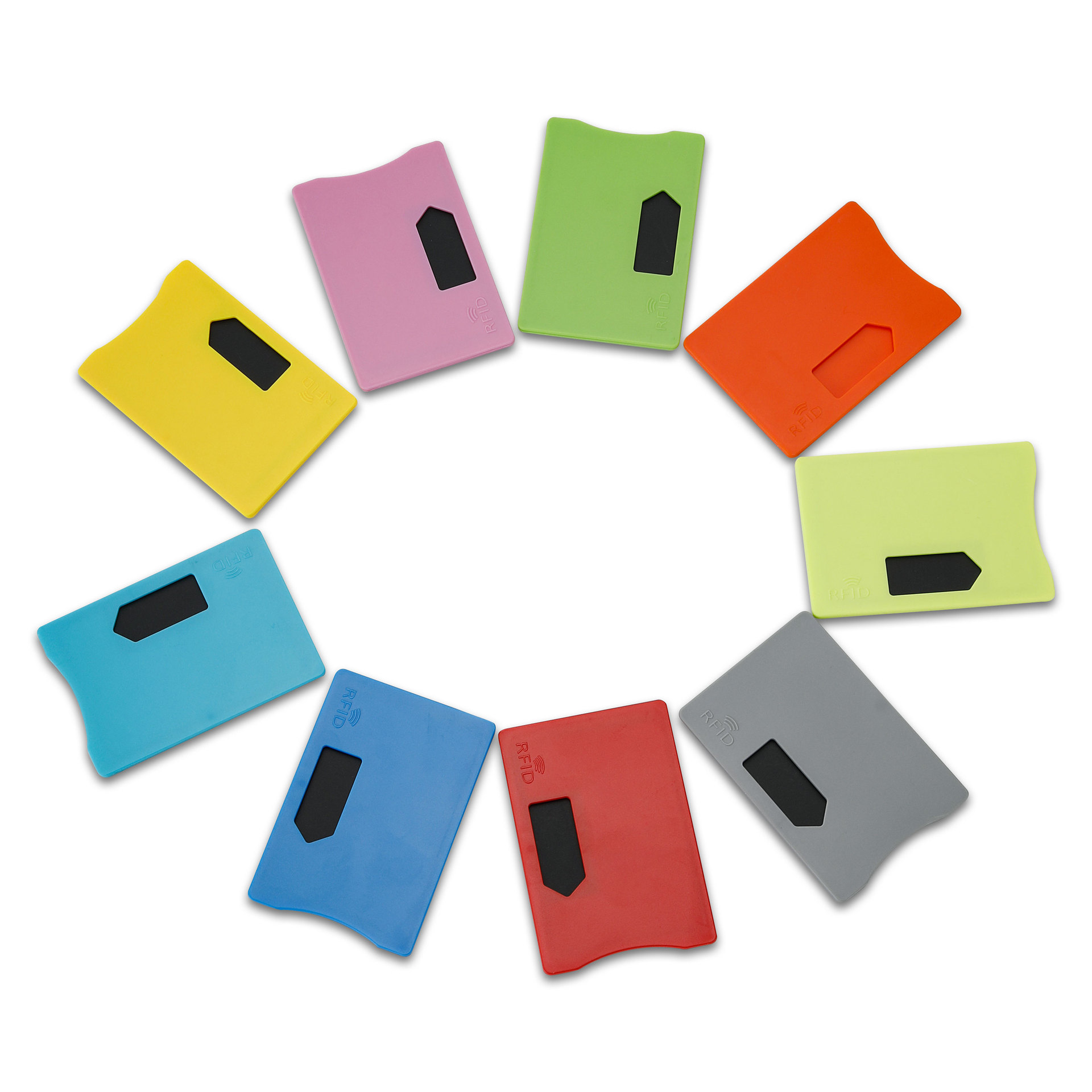
Što je zaštitnik RFID kartice? Prednosti, primjeri upotrebe i vodič za kupnju
RFID tehnologija (radiofrekvencijska identifikacija) prisutna je posvuda: u vašim kreditnim karticama, iskaznicama, prijevoznim karticama, ključevima hotelskih soba i još mnogo toga. Pruža brzinu i praktičnost, ali također otvara vrata novoj vrsti digitalne krađe nazvanoj “skimming”. Tu na scenu stupa zaštitnik RFID kartica.

RFID narukvice za događaje: Vodič za organizatore pri kupnji na veliko
RFID narukvice za događaje postaju omiljeno rješenje za organizatore kojima je potreban brži ulazak, sprječavanje prijevara i beskontaktno plaćanje na koncertima, festivalima i sportskim objektima. Za razliku od papirnatih ulaznica ili QR kodova, ove pametne narukvice koriste ugrađene čipove za pojednostavljenje pristupa, sigurnost transakcija i poboljšanje iskustva gostiju.
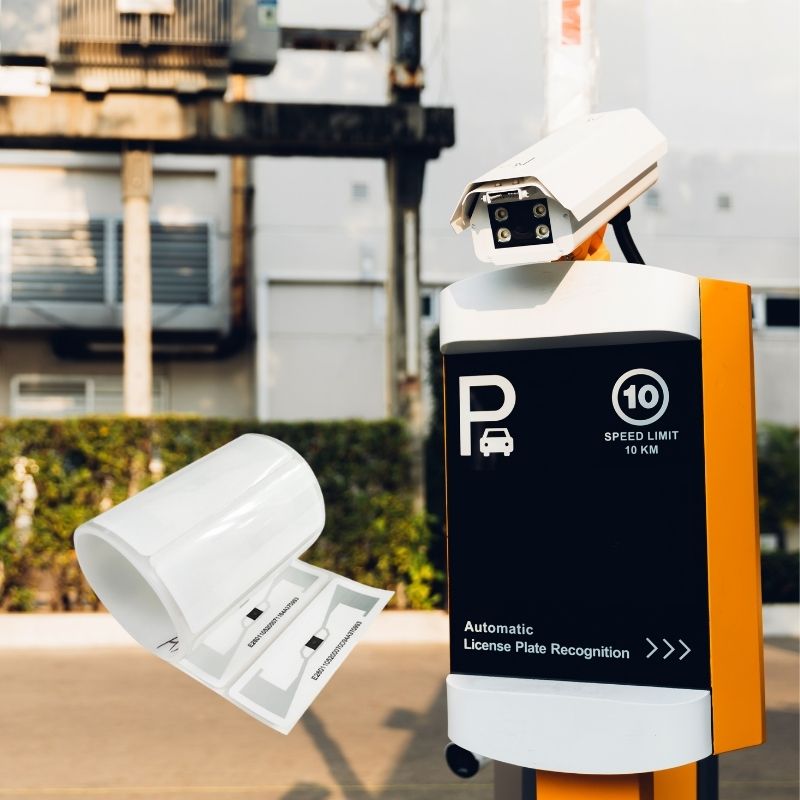
Kako RFID oznaka na vjetrobranskom staklu poboljšava kontrolu pristupa vozilu i sustave naplate cestarina
U današnjem brzom svijetu identifikacija vozila mora biti brza, sigurna i beskontaktna. RFID oznaka na vjetrobranskom staklu pruža upravo to — pouzdan način naplate cestarina, parkiranja i kontroliranog pristupa bez zaustavljanja vozila.
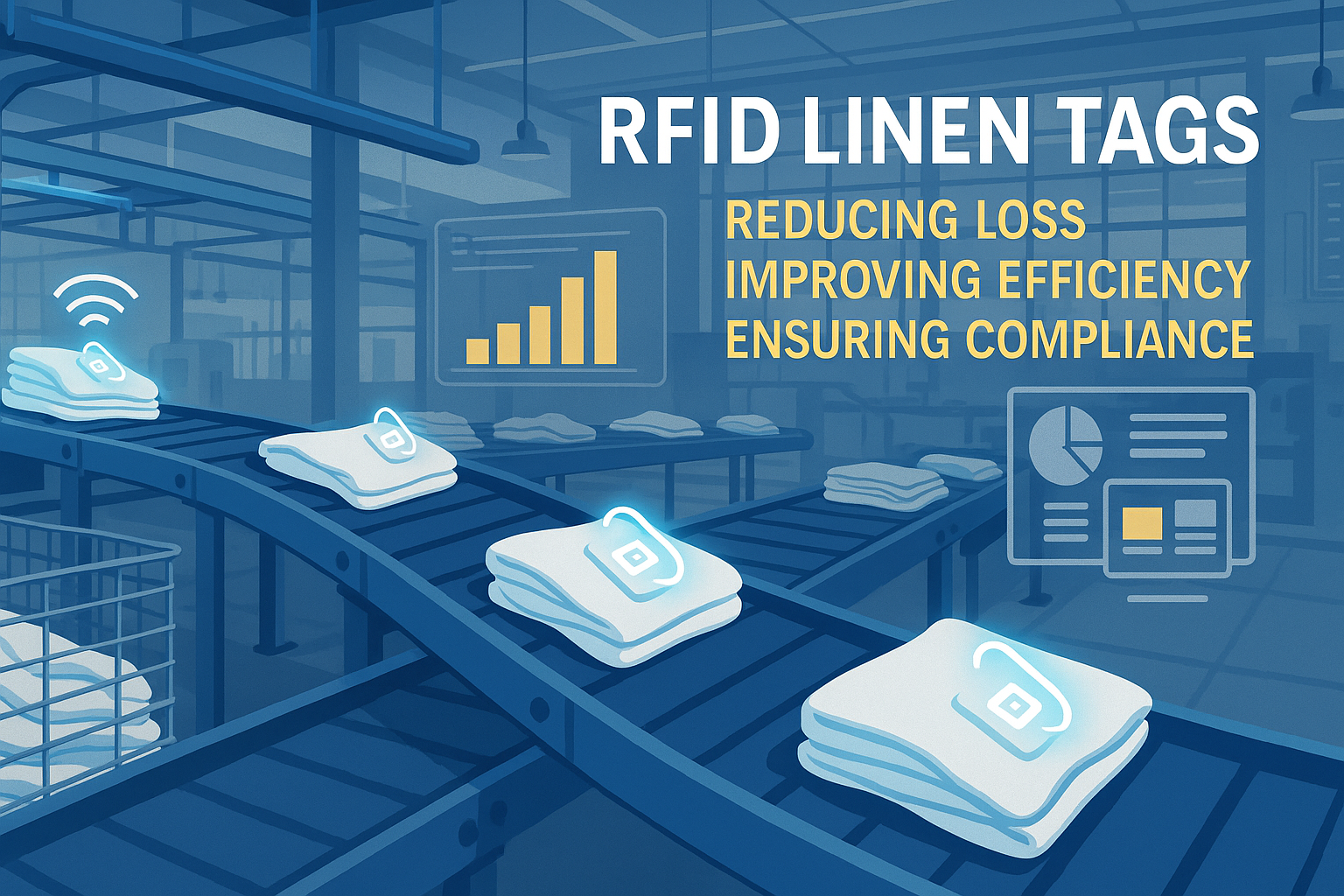
Prednosti RFID oznaka za rublje u komercijalnim praonicama
Upravljanje rubljem u bolnicama, hotelima ili velikim praonicama rublja veliki je posao. Svaki dan se tisuće plahti, ručnika i uniformi peru, sortiraju i vraćaju natrag. No problemi poput izgubljenog rublja, pogrešaka pri sortiranju i ručnog brojanja mogu tvrtkama koštati mnogo novca. Na primjer, hoteli srednje veličine mogu godišnje izgubiti više od $200.000 zbog nestalog rublja.
Tu na scenu stupa RFID oznaka za rublje.
oznake
POVEZANI BLOGOVI

Što je upravljanje otpadom pomoću RFID-a
Zamislite grad u kojem svaki kanti za smeće govori — ne doslovno — nego putem malog čipa koji sustavu javlja kada je pun, kada je ispraznjen i kamo je odvezen. To je ono što RFID upravljanje otpadom danas radi.

Što su Bolt Seals i njihove primjene? | Potpuni vodič
U globalnoj trgovini i logistici, boltni pečati igraju ključnu ulogu u osiguravanju sigurnosti tereta i usklađenosti. Ovi mali, ali moćni uređaji dizajnirani su za zaključavanje transportnih kontejnera, prikolica i vrata tereta pomoću mehanizma koji otkriva neovlašteni pristup.

Što je zaštitnik RFID kartice? Prednosti, primjeri upotrebe i vodič za kupnju
RFID tehnologija (radiofrekvencijska identifikacija) prisutna je posvuda: u vašim kreditnim karticama, iskaznicama, prijevoznim karticama, ključevima hotelskih soba i još mnogo toga. Pruža brzinu i praktičnost, ali također otvara vrata novoj vrsti digitalne krađe nazvanoj “skimming”. Tu na scenu stupa zaštitnik RFID kartica.

